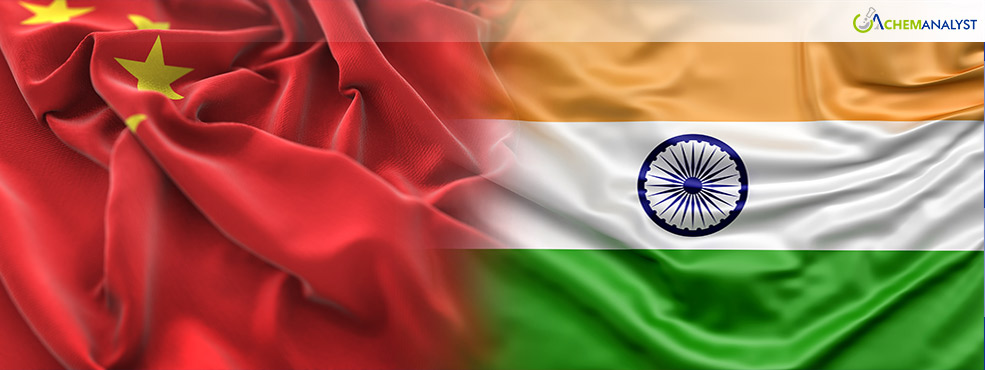China Leads in Supplying Critical Minerals to India, Boosting Economic Ties Despite Tensions
- 24-Dec-2024 8:05 PM
- Journalist: Motoki Sasaki
As global competition intensifies for critical minerals essential to the green energy transition and technological advancement, China has consolidated its position as India’s leading supplier of these vital resources. Despite India’s growing efforts to diversify its sources, China remains the dominant supplier, particularly in key areas such as ore, waste, scrap, and unwrought raw metallic products.
Out of the twenty-four minerals identified by India’s Mines Ministry, China is among the top three suppliers for at least fifteen of these critical materials. This includes a wide range of minerals such as cobalt, molybdenum, nickel, potash, rare earth elements (REE), tantalum, titanium, and tungsten. China’s monopoly over these supplies is stark: it controls a staggering 99% of India’s potassium nitrate imports, 72% of raw titanium, and a commanding share of cobalt and rare earth elements. This dependency puts India in a precarious position, especially as China’s dominance in these minerals, essential for industries like electronics, renewable energy, and defense, continues to rise.
In the 2023-24 fiscal year alone, China’s export volumes of critical minerals to India have been substantial. For example, China exported 1,471 tons of nitrates of potassium, crucial for fertilizers, and 25 tonnes of commercial cobalt oxide, an integral material for battery production. Additionally, artificial graphite, essential for electric vehicle (EV) batteries, saw a 66% market share from China, with India importing 67,088 tonnes in the same period.
While China’s dominance is evident in many categories, there are notable exceptions. For lithium, India imports a significant share from countries like Belgium and Russia, with China ranking third in this category. Similarly, other minerals such as gallium and indium are solely supplied by the United States, while niobium and selenium are sourced from Germany and Japan, respectively.
Despite these alternatives, China continues to control key markets, making India’s mineral import dependence increasingly difficult to reduce. The country remains a net importer of nearly all critical minerals due to its limited domestic reserves and the absence of significant production capabilities. For FY24, India’s net import bill for critical minerals is estimated at Rs. 30,000 crore, with phosphorous accounting for the largest portion at Rs. 12,648 crore. This figure represents a decrease from previous years but still underscores the financial burden posed by India’s reliance on foreign mineral imports.
The geopolitical implications of this dependency are not lost on experts. As India looks to assert itself as a major player in global industries like electric vehicles, renewable energy, and defense manufacturing, it faces the growing challenge of balancing its mineral supply chains. While some hope that India's efforts to enhance domestic mining and forge new trade relationships can mitigate these vulnerabilities, the situation remains complex. China’s ability to dictate the flow of these critical minerals’ places India in a delicate strategic position—one that could require more than just economic adjustments but also careful geopolitical navigation.
As India continues to look for solutions to secure its mineral supply chains, the possibility of becoming a net exporter of rare earth elements (REE) offers a glimmer of hope. In FY24, India reported a positive trade balance of Rs. 247 crore for REE exports, suggesting that with the right infrastructure and investments, the country may eventually capitalize on its rich REE reserves. This shift could mark a turning point in India’s critical mineral supply strategy, but for now, its reliance on China remains a defining feature of its economic landscape.



